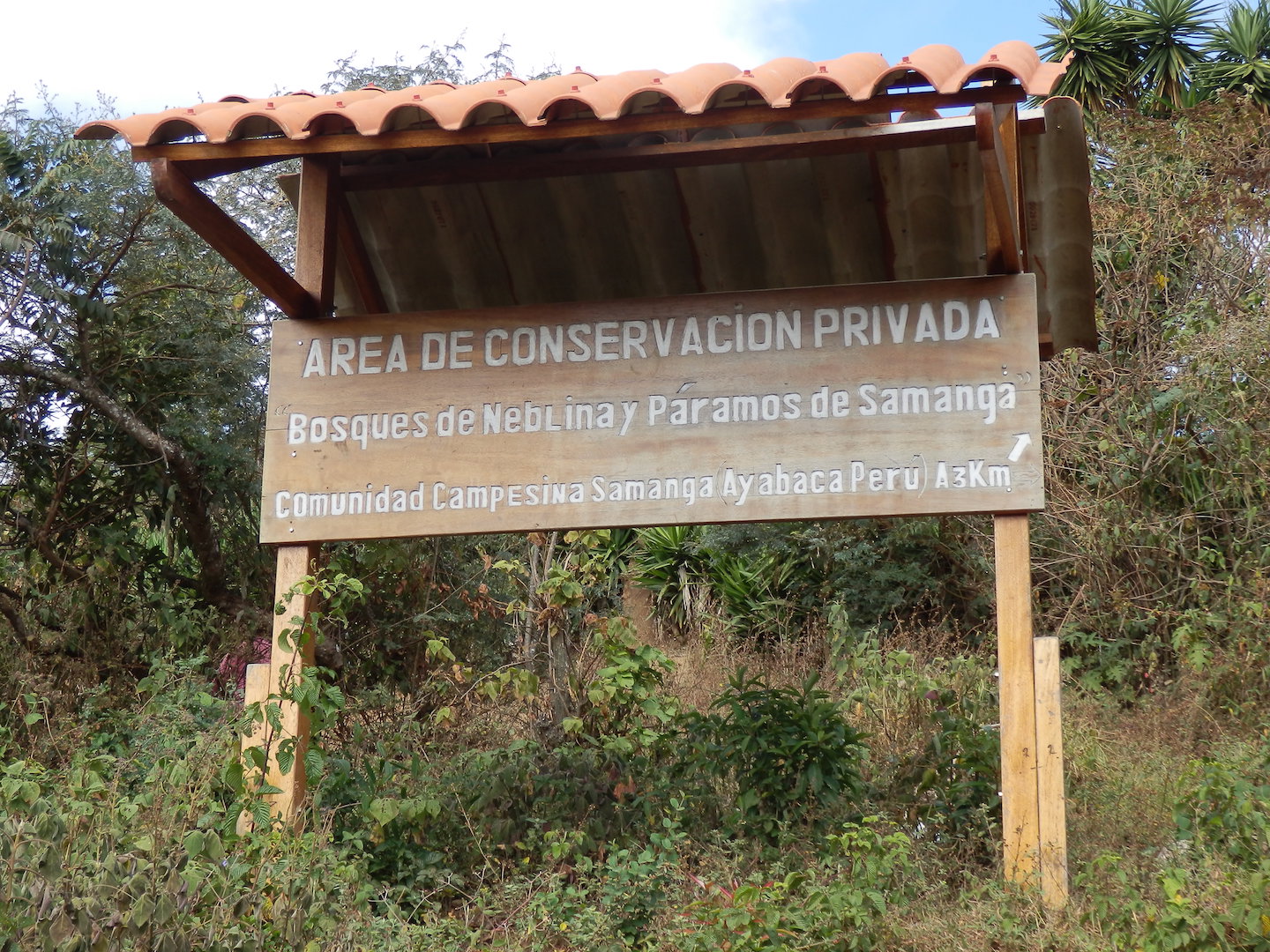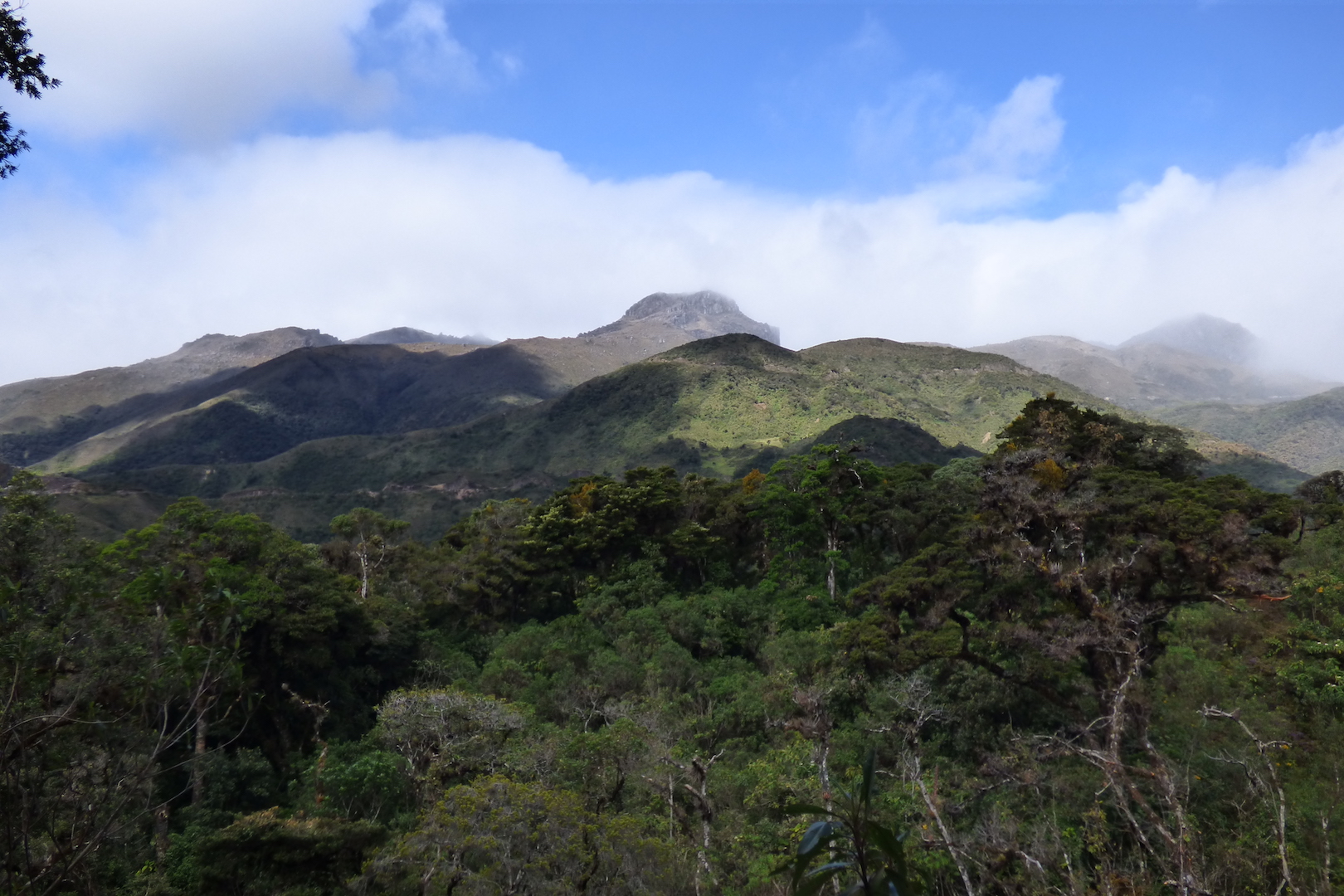


The Samanga Community has delimited part of its territory as a private conservation area. The recognition of a conservation area, through a Ministerial Resolution signed by the Ministry of Environment, is a modality to ensure the protection and sustainable use of natural resources and the services provided by the cloud forest and moorlands for the direct benefit of the Samanga community, and indirectly to all users of the middle and lower watershed. Thanks to the ACP, small projects have been managed to implement sustainable productive activities (to reduce the negative impacts on the forest and paramo) and to signpost the conservation area, which is now delimited on the ground and signposted. In addition, agreements have been reached in community assemblies to sanction people who cause damage or threaten the ACP.
- Community leadership and organization for the fulfillment of agreements.
- Commitment by the community to conserve the high Andean moorlands and forests.
- Continued patrolling and establishment of sanctions to punish actions that threaten the conservation of the PCA.
- Implementation of conservation and sustainable development activities.
- Conservation agreements should be accompanied by sustainable alternatives that generate wellbeing and income for local families.
- The community of Samanga had made communal agreements to control logging, burning and overgrazing in the forest and páramo (since 2000). This local interest and demand for conservation has been strengthened and formalized through the recognition of their private conservation area with a resolution from the Ministry of Environment (in 2013).
- The ACP has meant a development opportunity for the community of Samanga, with ongoing projects in dairy products, reforestation, research on the ecosystem services of the forest and páramo, and a tourism proposal, among the main ones.
- The support and accompaniment of local institutions is necessary to support the community in the management of the conservation area and in the generation of alternative proposals.